5 things a DSLR still does better than an iPhone
DSLRs are becoming niche, but they're far from irrelevant
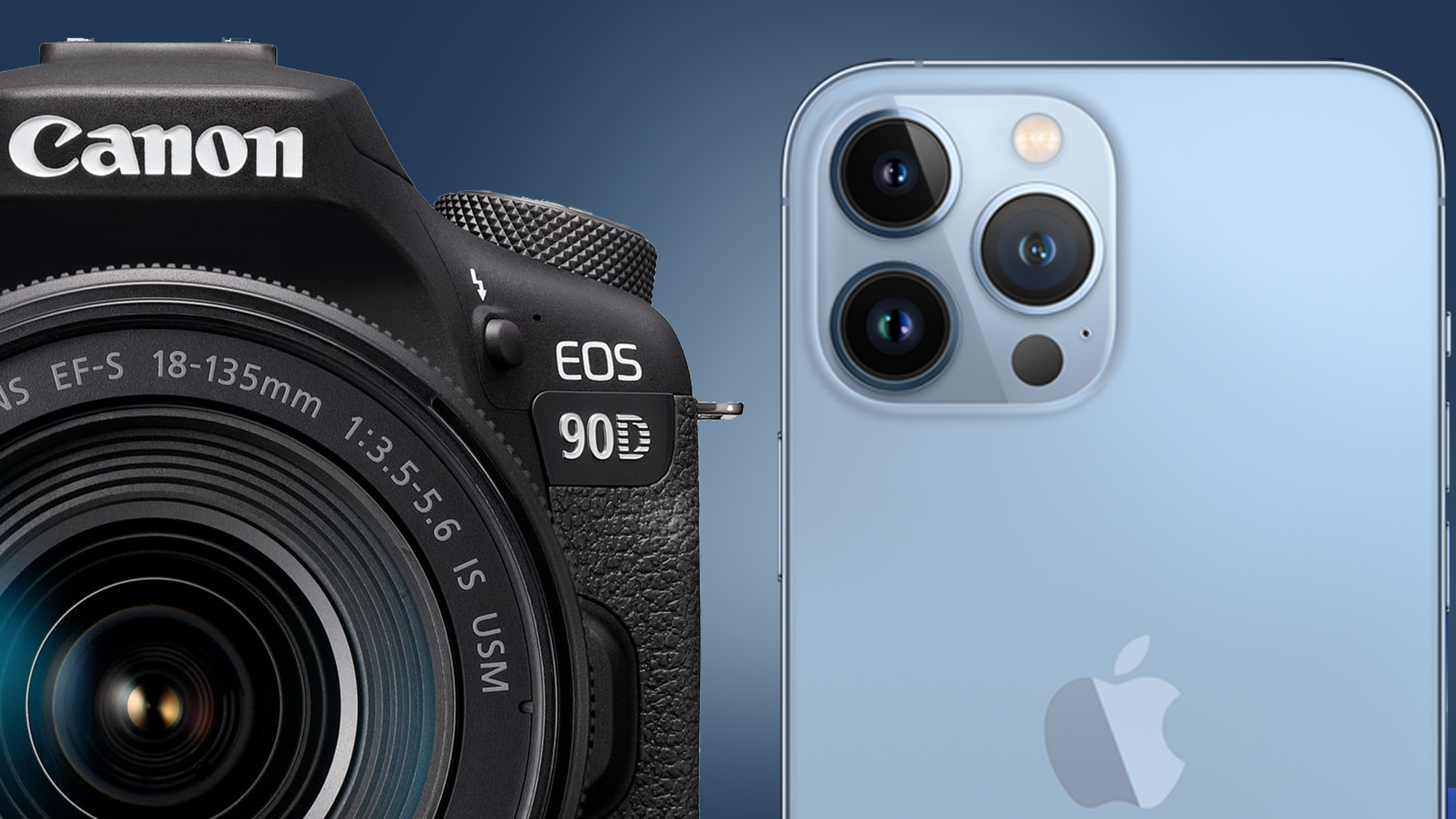
Does buying a DSLR camera make sense in 2022? If you’re still shooting all your photos and videos on an iPhone, the answer might be yes.
DSLRs can now be realistically considered a legacy camera category, with only a handful of companies selling new models and smaller mirrorless cameras now being the more popular choice among new buyers.
But DSLRs do also represent a cheap way to get your hands on a camera with interchangeable lenses and a viewfinder – and most importantly, they still do a lot of things better than an iPhone when it comes to photography.
We’ve picked out five key areas where DSLRs still trump smartphones below. Read on and discover the ways in which you can expect to up your photo and video game by swapping your iPhone for a DSLR. And don’t forget to check out our definitive rundown of the best DSLRs you can buy right now, too – if you like what you read here, your next camera may be on that very list.
1. Optical zoom
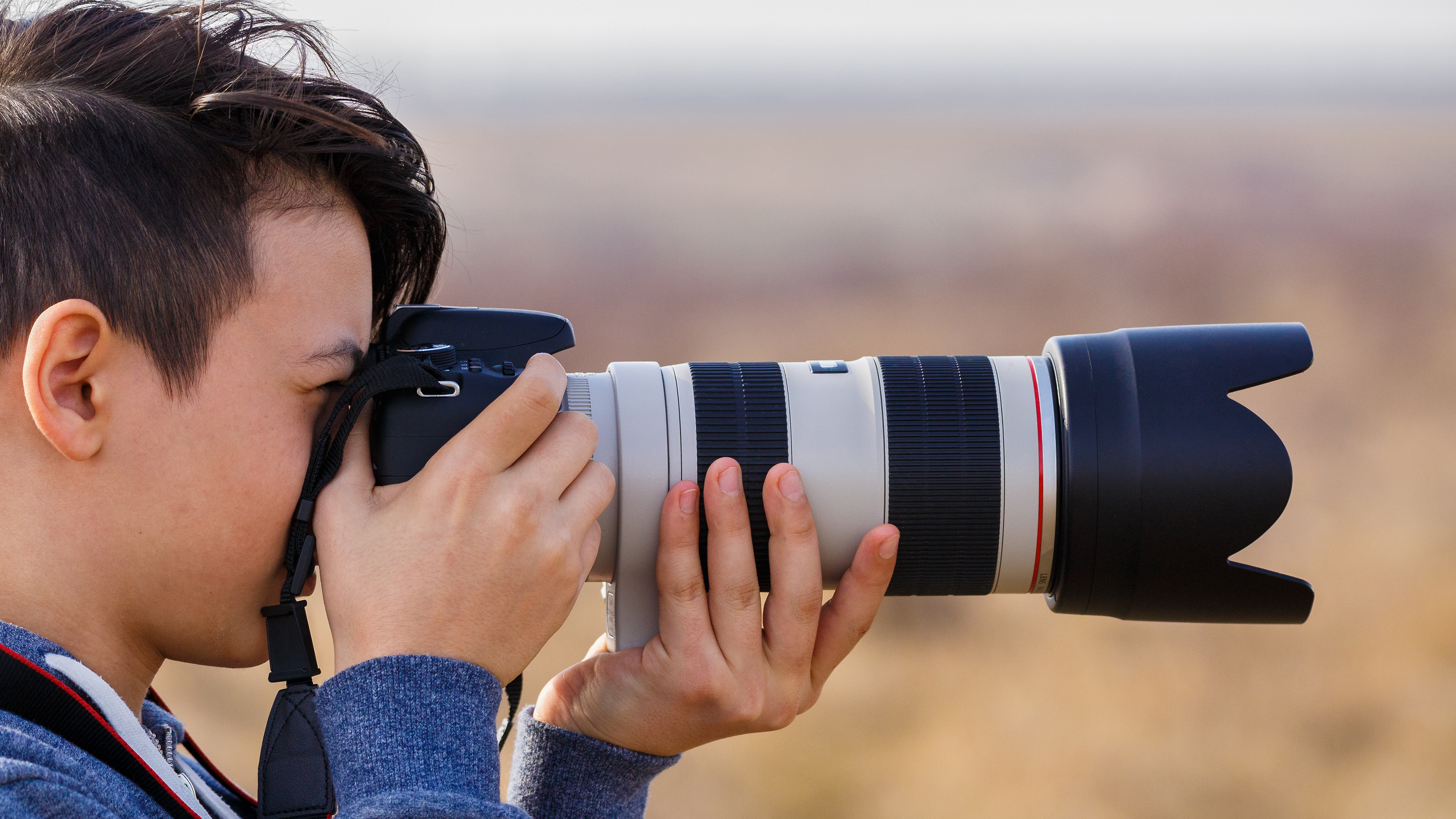
While it’s true that a small number of smartphones offer an optical zoom, you won’t find it on a single iPhone model. The mechanics of creating a proper optical zoom lens require space, and space in a smartphone is already at a huge premium. For most phones, it simply makes more sense to use fixed focal length lenses and offer zoom via the digital method instead. The downside? When you get down to brass tacks, digital zoom is essentially just cropping a photo, and that always results in a noticeable loss of detail.
This isn’t an issue on a DSLR, which can be fitted with different lenses for different jobs. A standard zoom lens covers the wide-angle to medium-telephoto range, making it ideal for shooting everything from a landscape to a portrait, while a telephoto zoom lens is ideal if you’re mainly shooting distant subjects (wildlife or sport, for example).
Thanks to the ability to shift lens elements internally, a DSLR’s lens’ zoom is achieved optically rather than digitally, and consequently no detail is lost when you zoom up close to make a far-off subject fill the frame.
Get daily insight, inspiration and deals in your inbox
Sign up for breaking news, reviews, opinion, top tech deals, and more.
It’s also worth noting that you can still ‘digitally zoom’ into DSLR shots simply by cropping into the area you want to be larger in your final image. Cropping can always be done using basic post-production software on your computer, but some cameras offer in-camera cropping, too.
2. Dynamic range and low-light performance
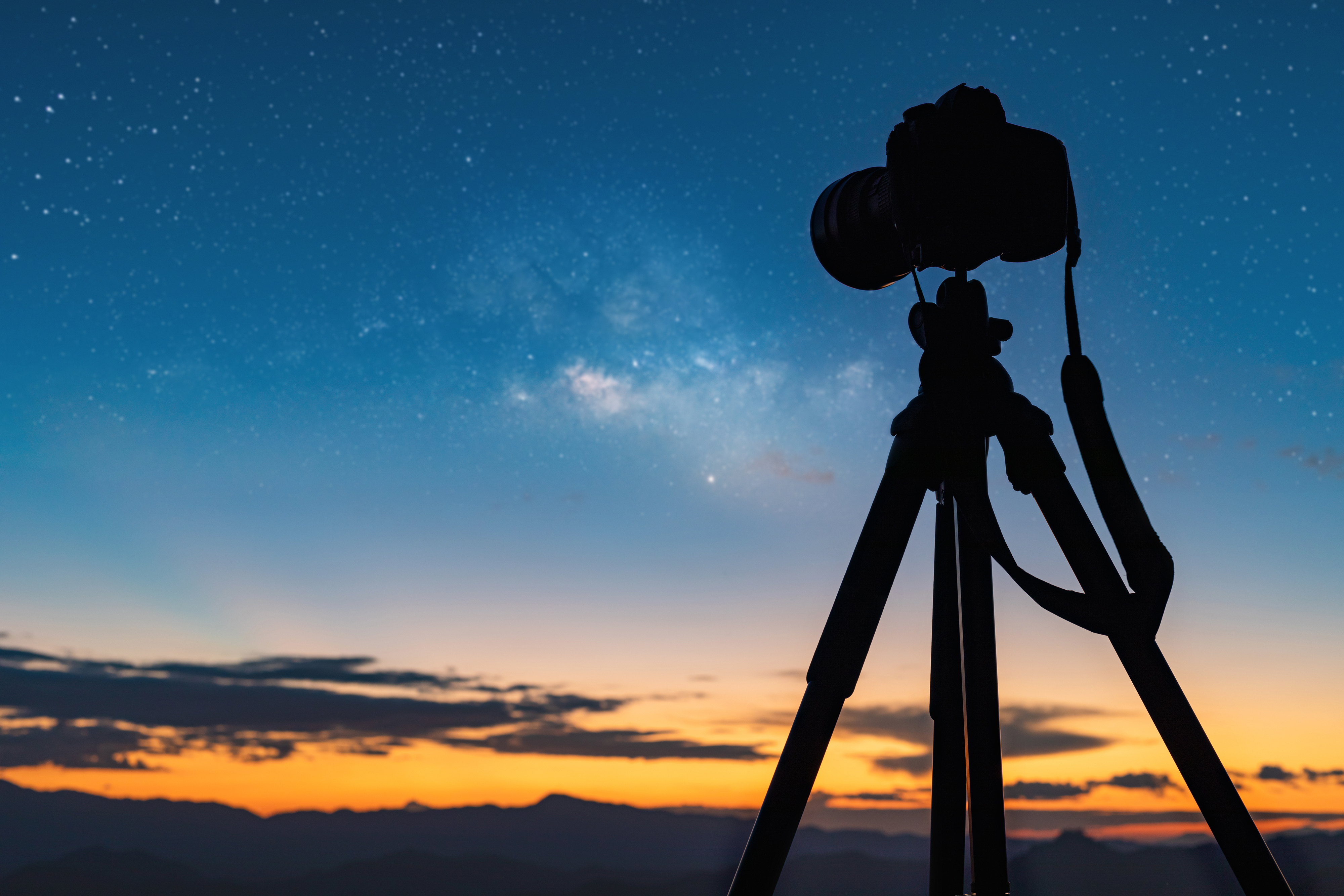
Whether it's an APS-C or full-frame chip, a DSLR camera sensor is physically a lot larger than an iPhone sensor. That gives DSLRs a couple of big head starts when it comes to image quality, particular for dynamic range and low-light performance.
Dynamic range is the difference between the brightest and darkest color tones that a camera is able to capture; having a high dynamic range means that images will display a greater tonal scope, bringing extra visual detail to the brightest and darkest areas of a photo or video.
iPhones achieve this effect via bracketed shooting, merging several shots taken at different exposure settings into a single HDR image. It can work quite well in certain conditions, but it’s worth nothing DSLRs can also do this – while starting with better quality shots. That makes their higher dynamic range images all the more impactful, if a little more complex to achieve.
Low light performance has got steadily better in iPhones, but when it comes to achieving sharp, low-noise shots in dim indoor lighting or at night, there’s no smartphone capable of matching a full-frame DSLR fitted with a fast lens. The bigger sensor, the more light it captures when using a set shutter speed.
3. Shooting in bright light
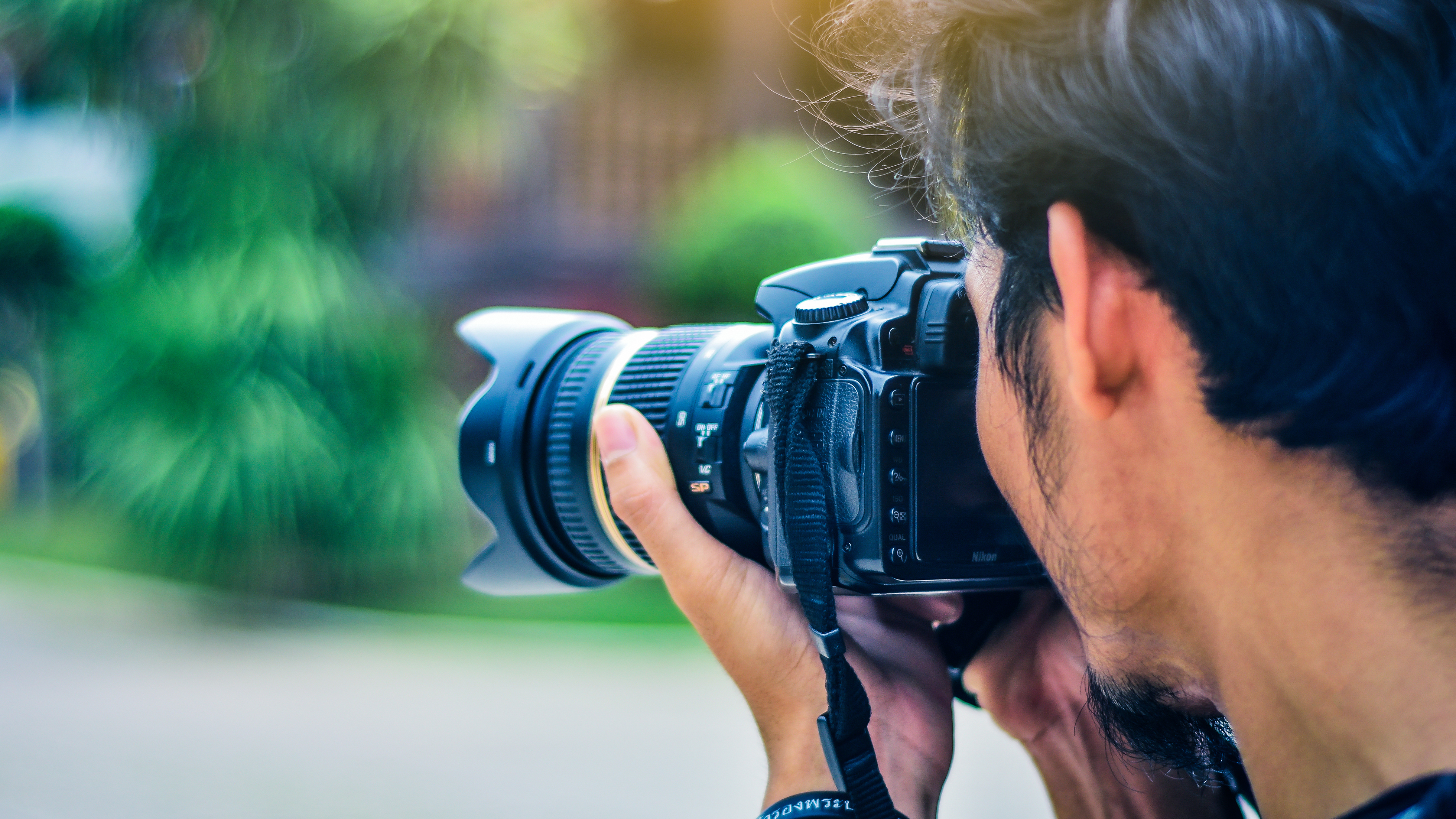
Trying to compose a great photo on a sunny day can be tricky on a smartphone, with glare on the screen making it hard to see what’s in frame. There aren’t really any consistent solutions to this: you can step into the shade if it’s available, or crank up the screen brightness, but neither are ideal or always practical.
Thanks to its optical viewfinder, a DSLR has no such issues. You can place your eye up to the viewfinder and preview your shot ‘through the lens’, with the eyepiece shutting out any potentially distracting sunlight.
Note however that, unlike the electronic viewfinders used by many mirrorless cameras, a DSLR viewfinder cannot preview things like exposure, browse menu screens or review shots you’ve already taken.
One thing you can preview with an optical viewfinder is depth of field (the areas in your image which will be in sharp focus when you hit the shutter button): there’s usually a small button located on the camera body near the lens mount to do this.
4. Handling and ergonomics
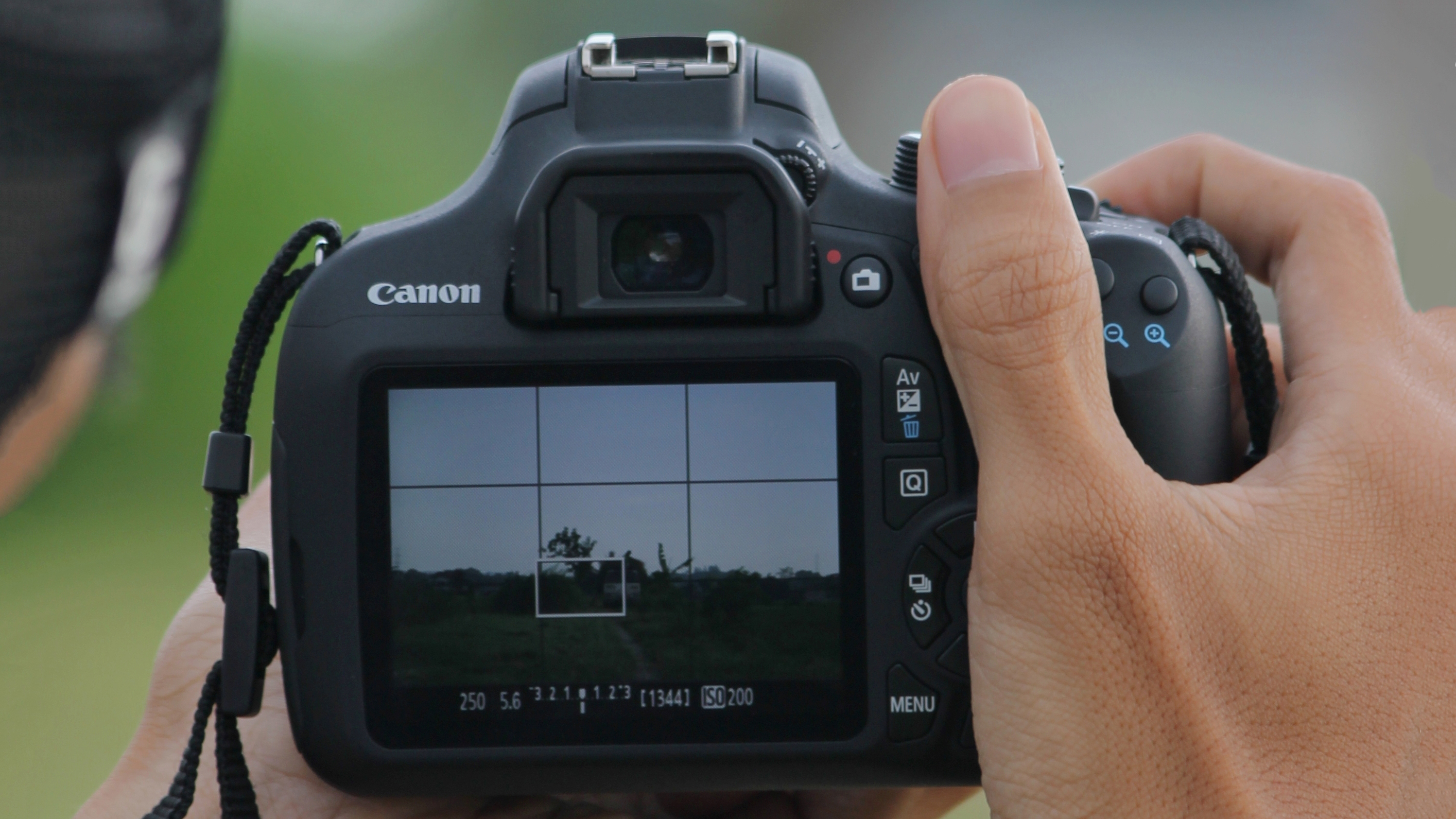
iPhones are designed to fit in your pocket. They aren’t designed to be comfortable and steady in the hand while taking photos – hence many frequent iPhone photographers using a case that includes some kind of stability-aiding handle. For most photographers, an iPhone’s handling is a problem to be dealt with rather than something to celebrate.
DSLRs are a different matter entirely. Being primarily designed for handheld photography, they’ve got excellent handling – especially in comparison to a smartphone.
Many generations of design tweaks has led to a common look among all DSLRs: a protruding grip for the user’s right hand, often with depressions, ridges and textured finishes to aid purchase and stability. With the user’s left hand gripping the lens barrel, not to mention a neck or shoulder strap providing a further point of stability, holding a DSLR comfortably and steadily is rarely a problem.
The shutter button is placed so that the user’s right forefinger will comfortably rest on it during use, and usually feels responsive and reactive in a way no touchscreen button (or volume down button posing as a touchscreen button) can replicate. Other controls to tweak shooting settings like ISO, shutter speed, autofocus and exposure compensation are usually placed within easy reach of a finger or thumb too, which makes swiftly tweaking the way you shoot on the fly a lot easier on a DSLR than on an iPhone.
5. Capturing fast-paced action
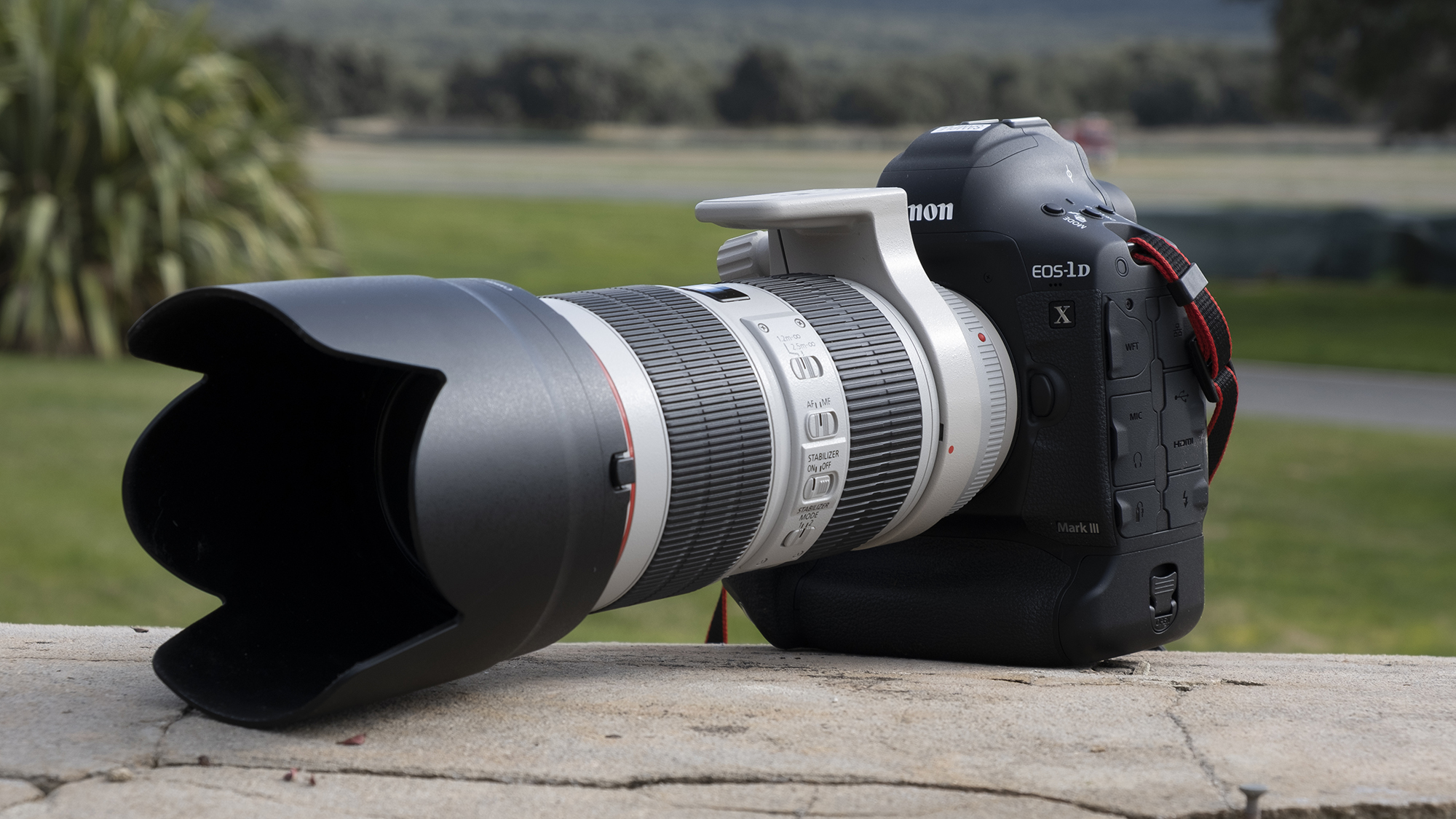
iPhones can shoot a rapid burst of shots quite well (just hold down the shutter button), which helps when attempting to capture a fast-moving subject. But autofocus and autoexposure rarely keep up with the action, which can leave your subject poorly exposed or even out of focus.
DSLRs, particularly higher spec models, tend to be far better at shooting tricky, fast-paced action – one of the reasons DSLRs from Canon and Nikon are the favored tools of many a photojournalist and sports/wildlife photographer.
The Canon EOS-1D X Mark III can shoot continuously at 20fps with AI-assisted 191-point autofocus, while the Nikon D6 can shoot 14fps with 105-point autofocus. By combining fast, accurate AF with fast shooting and large buffers, users of DSLRs can capture hundreds of shots in a matter of seconds, picking out the best later on.
Be warned, though: entry-level and mid-range DSLRs aren’t as rapid, so picking a fast mirrorless model might make more sense if speed and responsiveness is a priority and you don’t have the budget for a premium DSLR.
Sam has been writing about tech and digital culture for over 20 years, starting off in video games journalism before branching out into the wonderful worlds of consumer electronics, streaming entertainment and photography. Over the years he has written for Wired, Stuff, GQ, T3, Trusted Reviews and PC Zone, and now lives on the Kent coast in the UK – the ideal place for a camera reviewer to ply their trade.
